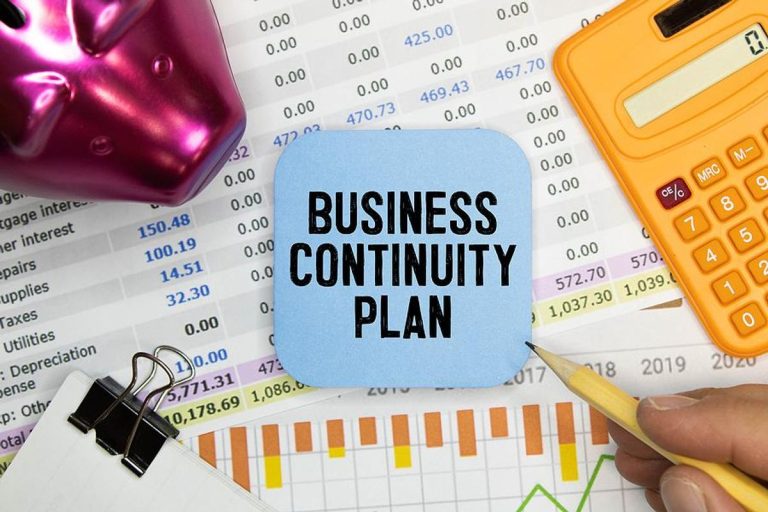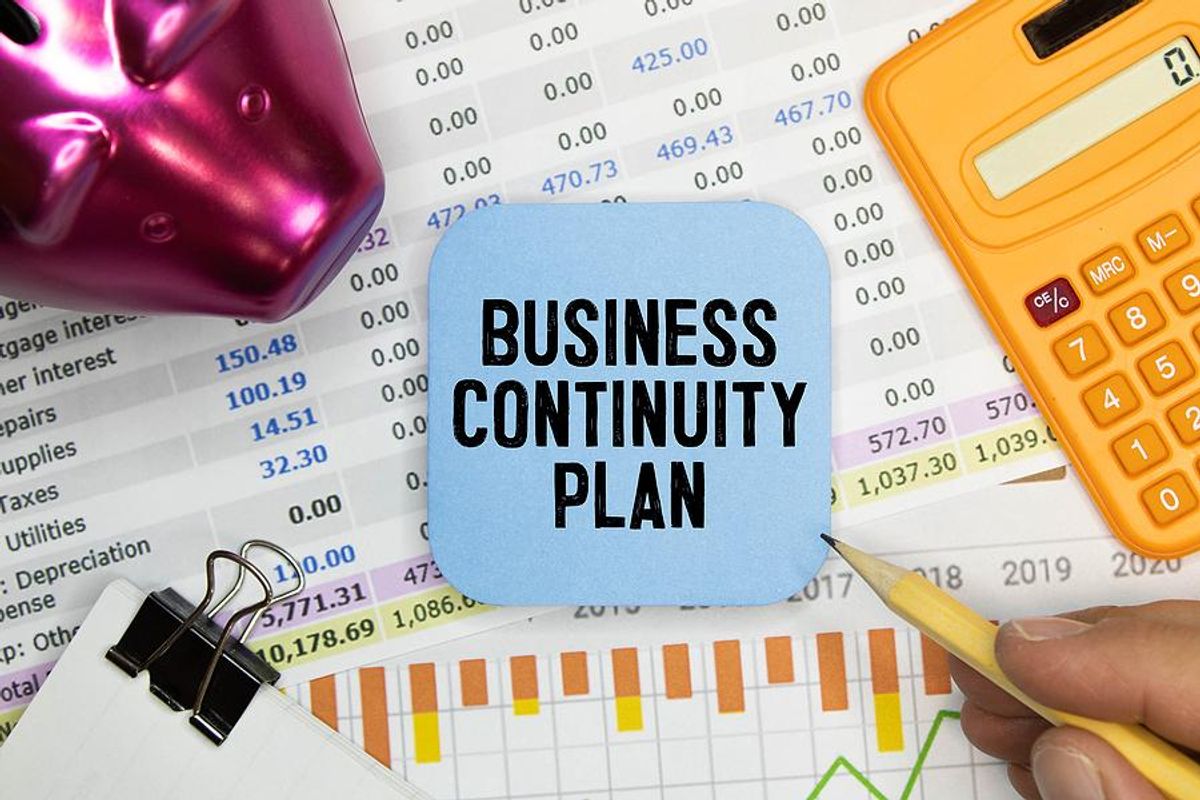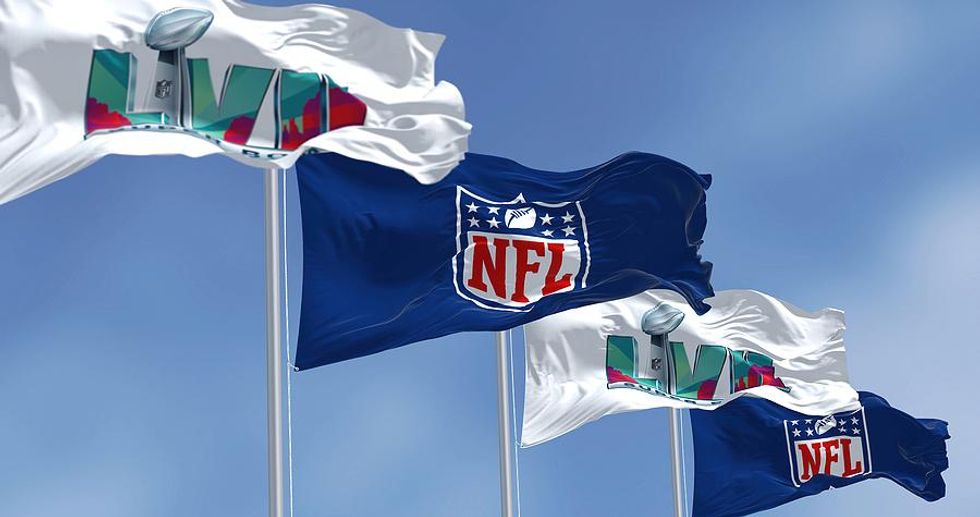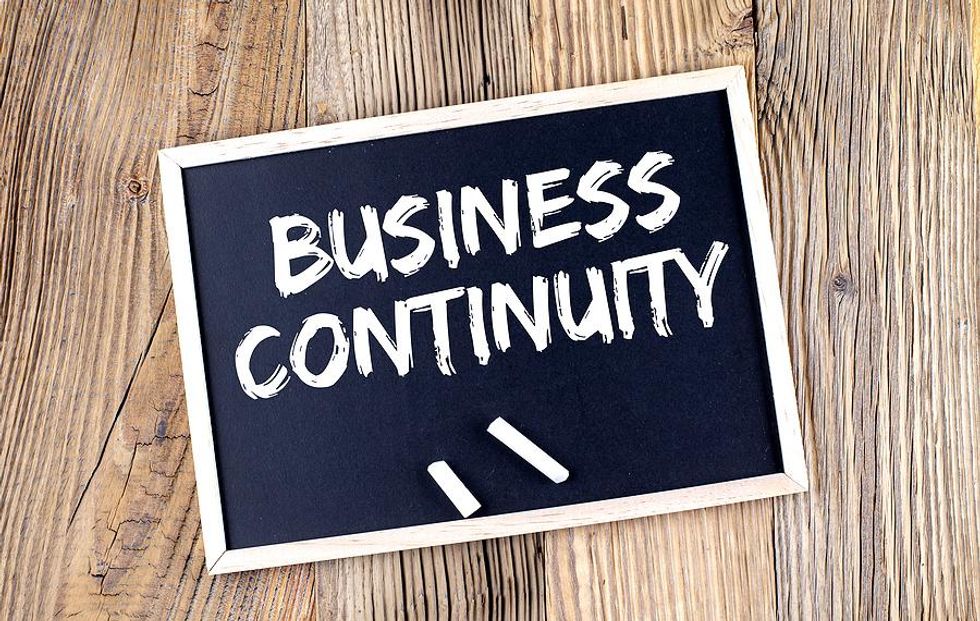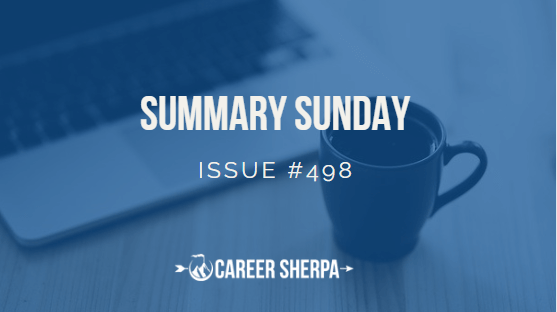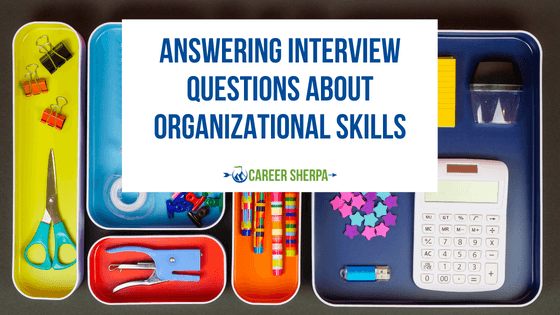
Work is important to a lot of us. And we all have egos. The trick is to balance our own view of work and success so that the ego remains a helpful source of support and not a tyrannical master. One is the road to relative contentment, the other to continued misery. Have you struck the balance?
We particularly need to know we have the balance as close to right (for us and others at workâeverywhere!) especially given the likely turmoil and stress employees, colleagues, leadership, and ourselves may feel because of the ongoing uncertainty surrounding us right now.
Why do I even write about ego and why should any of us in business care about it?
To understand the influence of our own ego at work, let’s first get a working definition of what ego is. Oxford Languages defines ego as, among other things, âthe part of the mind that â¦is responsible for reality testing.â
So, what does reality testing look like on the ground? How do we implement reality testing at work for us?
Our Internal Rule Book

Through a rule book. Our own internal rule book. An individual set of rules we each carry around inside our heads for how we deal with the world including at work.
Everyone has their own internal rule book. Your job is to make sure that your internal rule book continues to support and serve for the benefit of all including your stakeholders, your colleagues, your team, your company, and yourself at work.
We all have this internal rule book for all parts of our lives. So, our internal rule book pervades our waking moments including at work.
Almost from birth we acquire, adopt, and develop our own set of rules which drive what we expect and therefore what we impose on others and ourselves as a way to decide what is going onâthat is we are reality testing.
For instance, simple rules picked up through experience like if you pay a baker for a bread roll you expect them to hand over a bread roll. If they donât hand over a bread roll then you start reality testing. In this example, where the baker didnât hand over the bread roll as you expected (rule about exchange) you might immediately reality test the situation by asking âDid I hand over the money to the bakerâ or âDid he hear my order correctly?â
You see how the rule book worksâit’s reality testing what you expected. You expected a bread roll after handing over the money (a rule about exchange), yet the baker didnât hand over a bread roll. So, you try to understand what happened given your rule explains there âshouldâ have been an exchange. You could call this sort of rule a âstandard ruleâ as many people follow it. In this scenario, the rule of exchange is a standard rule because it is widely followed and understood.
So, applying the rule book to work, if you delegate to someone and then they donât meet your expectations…here is where things can get interesting. Remember our internal rule book guides and drives our expectations.
Your rule book is active 24 hours, 7 days a week in your subconscious, whether youâre at work or not, and whether you are always aware or not. The application of our rules often happens on âautopilot.â Remaining mindful of how you apply your rules will increase your likelihood of successful interactions and activities at work and in general.
Why?
Because being mindful means you are in that very moment, live, and you are adjusting to the actual, live situation and the interaction or person in that very moment. Rather than applying the rule when it may have first formed for you.
Remember, right now, people may be in a heightened state of stress for other reasons than the immediate interaction with you. So make sure your rule is the best possible fit, in the moment, to that situation and people.
This mindful assessment of the âbest fitâ of your rule in the moment will lead to better, healthier, more successful interactions and outcomes the more you can do it.
Remember: a negative emotion you may feel during the day at work, with others or during an activity you are doingâe.g., reading a work email, for instance (anger, frustration, annoyance)âis a pretty good indicator that someone or something has tripped over one of your rules.
This is then a split-second opportunity for you to grab hold of how you are feeling, and then recognize that itâs actually because of a rule you have in play. You then have the immediate opportunity to do something potentially different to how you would ânormallyâ react.
This can lead to a different (and possibly) better outcome for you and the person or situation than might otherwise have been the case.
Letâs continue with the example mentioned of delegating work to someone. You have more choices in this latter example scenario of delegating work to someone which is of course more complex than a simple transaction of buying a bread rollâobvious right?
What may be less obvious is that you and the person you delegated to donât just have standard rules (i.e., widely followed and understood what is expected). We all have non-standard or individual internal rules as well. In other words, everyone has a standard set of rules that are widely followed and understood by others and non-standard rules where expectations between people might vary.
Itâs also worth thinking about how you apply your rule book in say, difficult work situations like distressed projects and teams (see “6-Point Checklist For Taking Over A âDistressedâ Project Or Team” for more on this).
Letâs say in our delegation example you explained to your colleague that she keeps you in the communication loop on the progress of work you delegated to her. Letâs say she doesnât copy you in on an update email and you find out from a colleague instead how the work is progressing.
This is the second time you have found out indirectly rather than directly from the person you delegated to. Do you apply a rule that says this colleague cannot be trusted or is slack or absent-minded? Or could it be that your rule instead interprets your colleagueâs behaviour as they are purposely leaving you out of the loop.
What if her behaviour of leaving you off the update email is actually because she is continuously overworked and doing her very best and slips up sometimes because of how busy she is?
Take your pick of how you respond in this scenario.
Your response is driven by your internal rule about what you expectâin this scenario, what you expected when you delegate work to someone. So, when your expectation wasnât met, your internal rule book kicks in (to reality test) and then reacts by judging the situation (and the person).
Remember that our rule book is built over time and evolves through observation, our own experiences, as well as our beliefsâa topic for another (many!) blog series.
How much you check, question, and validate your own internal rules that you use and apply to a given situation, such as the example above, will potentially influence your attitude and behaviour towards this person as well as similar scenarios in the future.
Tips To Make Sure Your Rulebook Is A Healthy, Balanced One:

Ask yourself, âDo my rules…
- Serve me in regards to my work?â
- Serve my stakeholders including my team, direct reports, sponsor, and colleagues?â
- Place onerous hurdles that serve little purpose except to continually reassure me?â
- Need to be removed in some areas?â
- Hinder or support fast progress at work?â
- Need streamlining, changing, revision, updating, editing, or deleting?â
Final Word

Iâve barely mentioned ego throughout this blog yet thatâs where we started. We could spend a lot more than my 1200-word limit allows. So instead, I focused on a practical example of what is driven by our egoâthe internal rule book.
At its most basic, our internal rule book is there to protect us and reassure us that we are in control as we deal with and decide what is going on around us at work (and beyond).
Itâs important you place as much effort as you can muster into making sure, especially in todayâs uncertain work environment, that the application of your rule book (i.e., in situations with stakeholders like colleagues, employees, or leadership) remains as balanced and unemotional as possible, no matter what is going on for you and your stress levels. Not an easy ask I realizeâbut I know you can do it!
The tips I provided aim to help you recognise and understand your own internal rule book, the one you apply at work especially, and help you ensure it remains supportive rather than one that drives unhelpful behaviours that can make things worse for you and those around you.
Remember the ultimate aim of our internal rules is to help not hinder.
Would love to hear about your internal rule books and how they serve you or how you review your rules regularly to make sure they continue to support you.










